Tracking Blood Glucose at Home
Monitoring blood glucose throughout the day is a great way, alongside monitoring their clinical signs, to monitor diabetes in dogs. This can take place at the veterinary practice or in your home. A stable dog with diabetes should have their blood glucose levels in the range of 5–14 mmol/l for most of a 24–hour period.
A handheld glucometer is one way to measure blood glucose levels. Handheld glucometers are not crucial, but are easy to use and may be worth the investment. Ask your vet which model best suits you and your dog’s needs.
Collecting and Testing a Blood Sample
A glucometer and glucose test strips are needed to test the blood. Check instructions from your glucometer, or consult your vet. Blood can be collected easily from the earflap (pinna) of your dog. Alternate sites, including tail, lip, callous and foot pads could be considered depending on your preference and your dog’s comfort level.
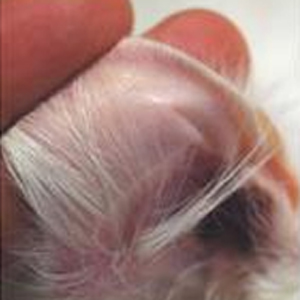
Step 1
Make sure that your dog’s ear is warm. If not, hold it between your hands for about one minute. This makes collecting a drop of blood easier.
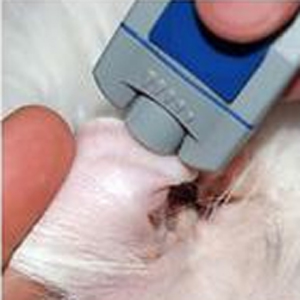
Step 2
Quickly prick a clean, hairless part of the ear with a sterile lancet or hypodermic needle.
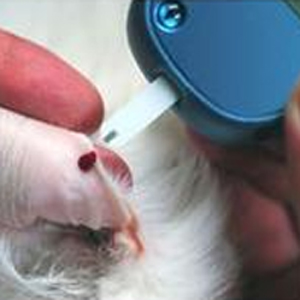
Step 3
A small drop of blood will appear. Collect the drop onto the glucose test strip as per instructions provided.
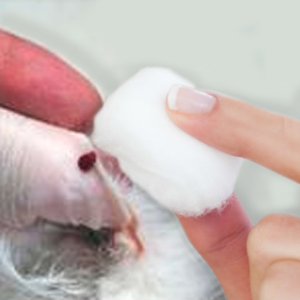
Step 4
Gently but firmly press some clean cotton or gauze onto your pet’s ear until it stops bleeding.
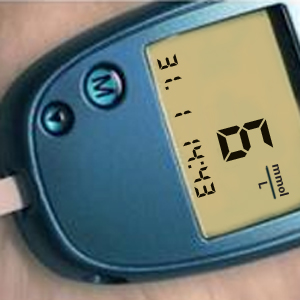
Step 5
Insert the sample into the glucometer as instructed. Compare the reading to the normal level in dogs.

Step 6
Keep a record of the readings to share with your veterinary practice.
You can record your glucose curve here.
Tracking Results
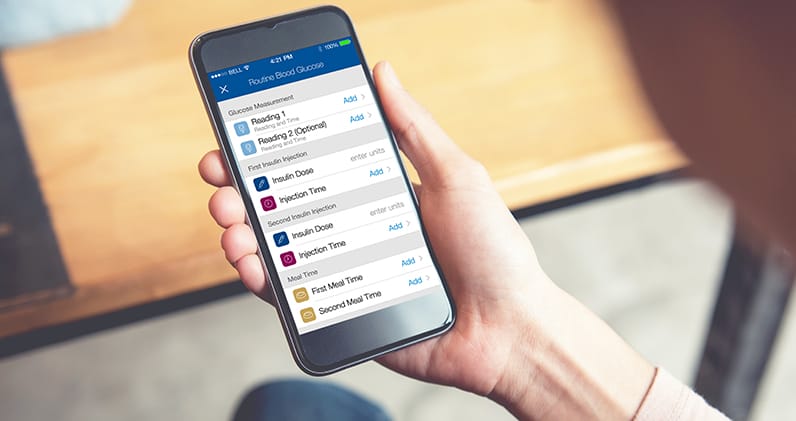
Recording your dog’s results is important to properly manage care. Keep track using the Pet Diabetes Tracker app or the online Blood Glucose Curve Tool.
Tracking Tools & Resources
1. Pet Diabetes Tracker app
Review and keep important information to manage diabetes.


2. Blood Glucose Curve Tool
Easily record blood glucose readings to generate a blood glucose curve.
3. Helpful Downloads
Additional resources to understand and manage canine diabetes.
Next Article: Nutrition for Dogs with Diabetes >
Further Reading

Talk to Your Vet Today
to learn more about pet diabetes, and how cats and dogs can lead a happy,
healthy life with proper management
Caninsulin® 40 IU/ml Suspension for Injection contains porcine insulin. POM-V.
Further information is available from the SPC, Datasheet or package leaflet.
Advice should be sought from the medicine prescriber.
Prescription decisions are for the person issuing the prescription alone.
Use Medicines Responsibly.






